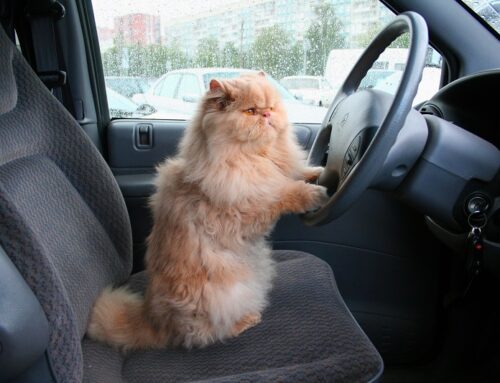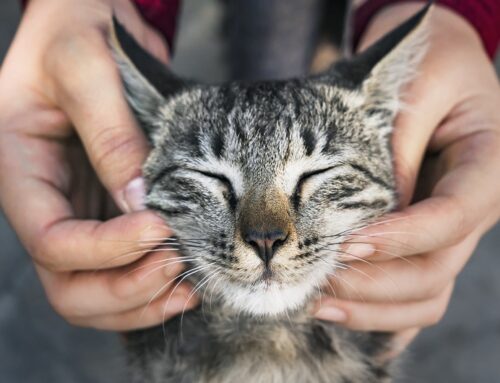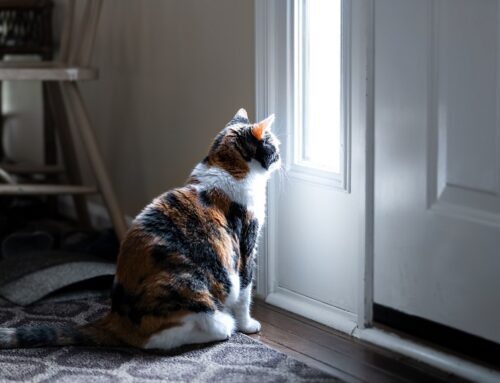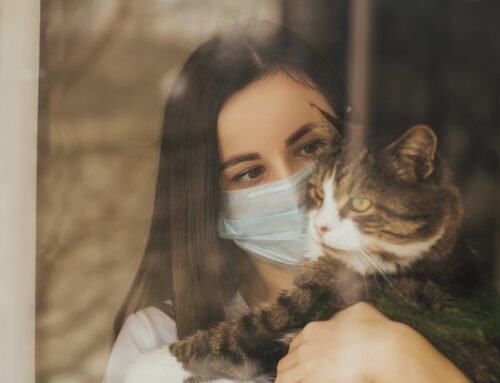This month we will further discuss “fatty liver syndrome” (hepatic lipidosis). As mentioned in last month’s newsletter, it is one of the main reasons that we place feeding tubes in cats. So, what is it exactly?
Quite simply, it is when the liver becomes overwhelmed by fat metabolism in the body, and that fat is deposited into the liver cells. This occurs when cats are not eating enough and can start to develop in as little as a single day. Overweight cats are more prone to developing fatty liver disease than healthy-weight cats.
Fatty liver syndrome can emerge from any loss of appetite: general illness, serious underlying diseases such as pancreatitis, environmental stressors or obstacles, etc. This is one of the key reasons we like to closely monitor obese cats that are going through a food change or are placed on a diet, as they are more likely to develop a fatty liver if they are losing weight too fast or are refusing to eat the new food.
Why are overweight cats more at risk for developing a fatty liver? When cats don’t eat, like the rest of us, they start utilizing fat and muscle stores for energy. In cats that have an excess of fat, too much is mobilized at one time, and the liver becomes overwhelmed. This causes fat to deposit into the liver cells and inflames the liver, which can lead to damage of the liver cells and blockage of bile flow (and this is typically what causes jaundice).
Obvious symptoms of a fatty liver include weight loss, vomiting, anorexia (not eating), drooling, jaundice (yellow coloration of the skin), and lethargy. While some cats in early stages of the disease can be easy to treat, cats that are more debilitated can become critical. This is because vitamin deficiencies and electrolyte imbalances start to occur, especially with the two most critical nutrients: potassium and phosphorus.
To correct the condition, the mainstay of fatty liver treatment is food. Food is really the only treatment to reverse the fat deposits in the liver, and many cats will not want to eat on their own for days or even weeks. So, as mentioned previously, it’s easy to see where a feeding tube can be a lifesaver for these cats. Severely debilitated cats must also be reintroduced to food slowly, as overfeeding can cause worsening of electrolyte abnormalities. Most cats will need hospitalization for one to several days to correct dehydration, electrolyte abnormalities, and for stabilization until a feeding tube can be placed under anesthesia.
In general, most cats will have a full recovery from hepatic lipidosis, but it can be fatal in severely debilitated cats or cats with other underlying diseases. For this reason, we recommend that any cat that hasn’t eaten in 48 hours (for any reason) be brought in for an exam. The most successful treatment begins with early identification!
We hope you’ve found this newsletter to be informative. If you have any questions about your cat’s dietary habits, please give us a call. Until next time, be well, everybody and everykitty! =^_^=








